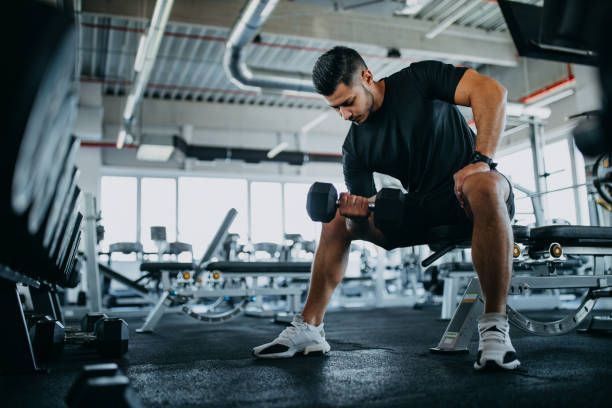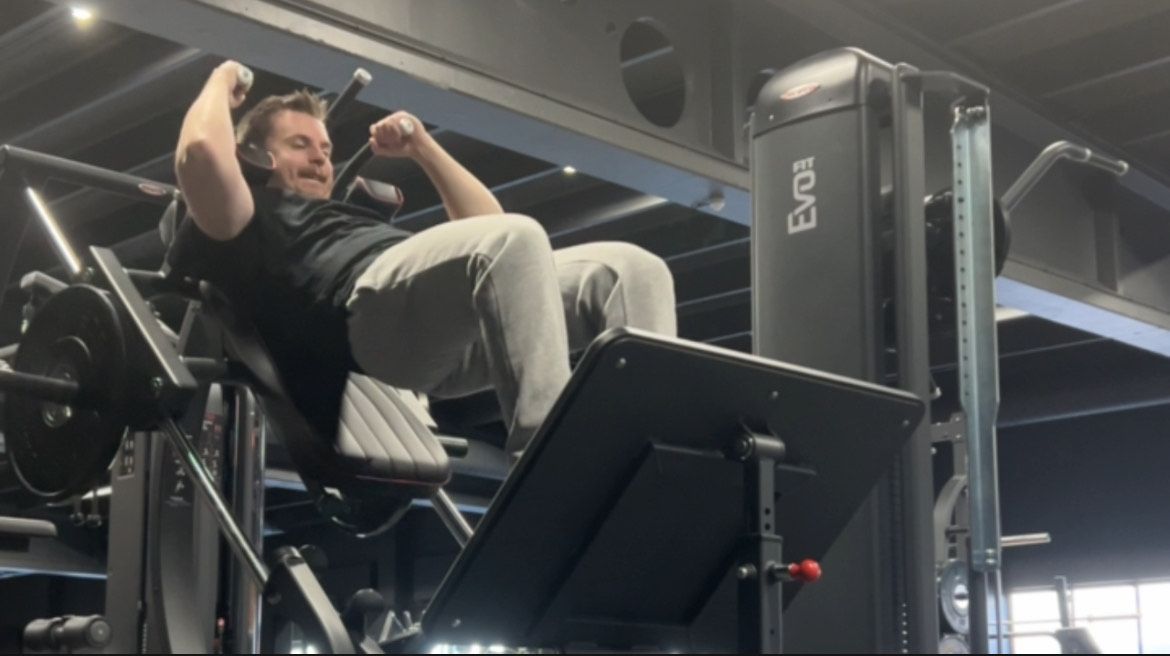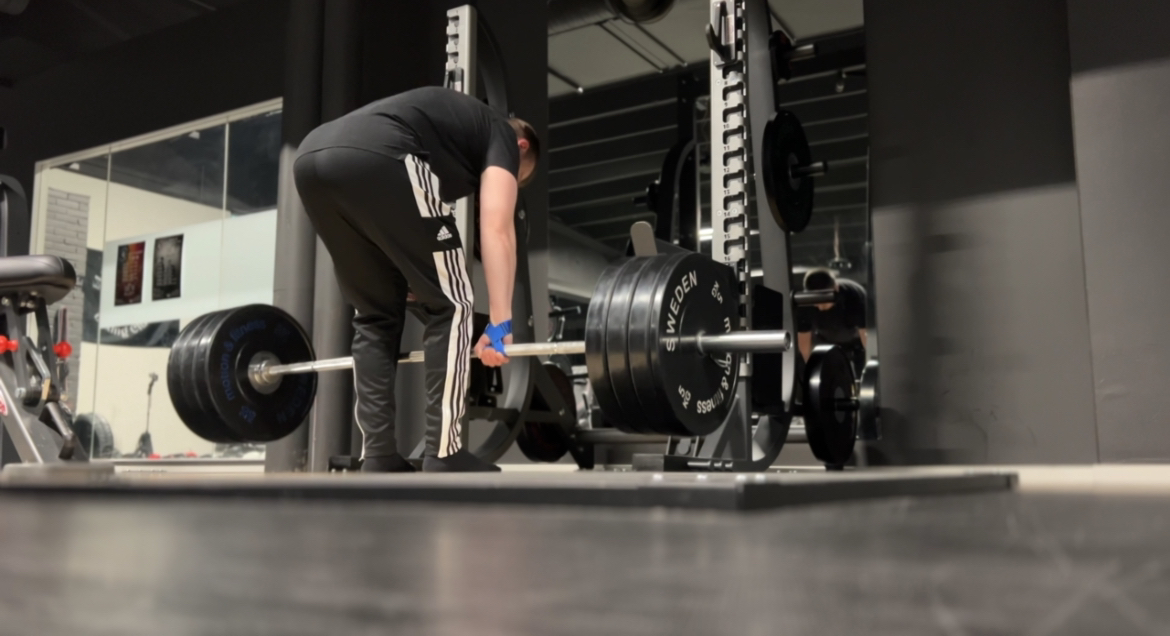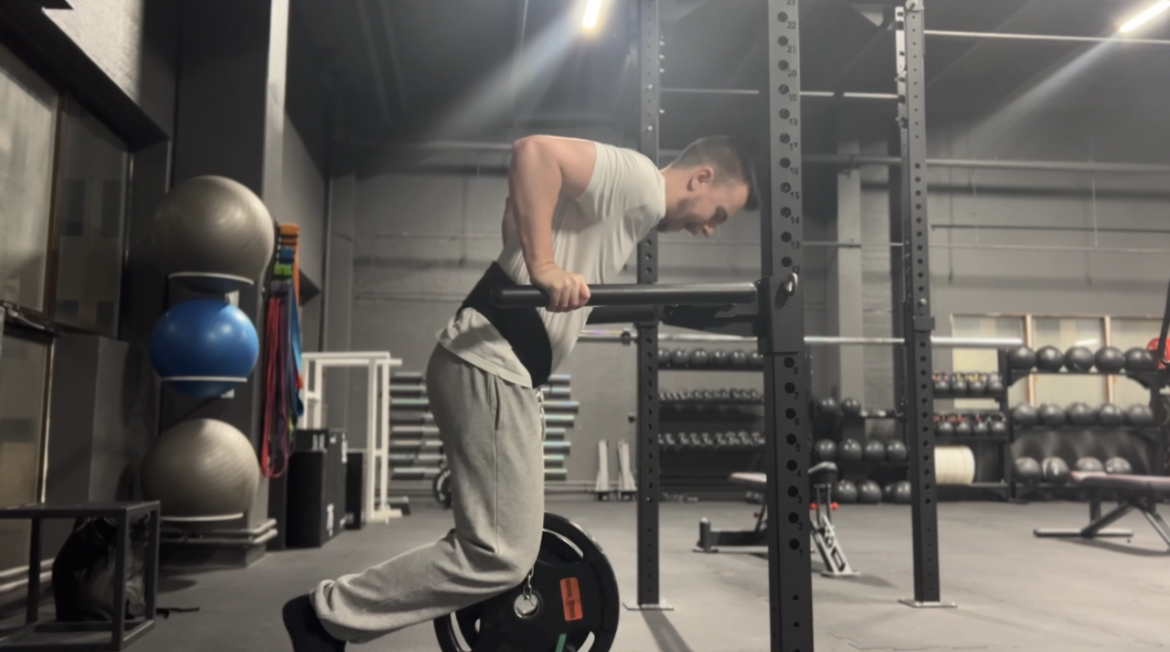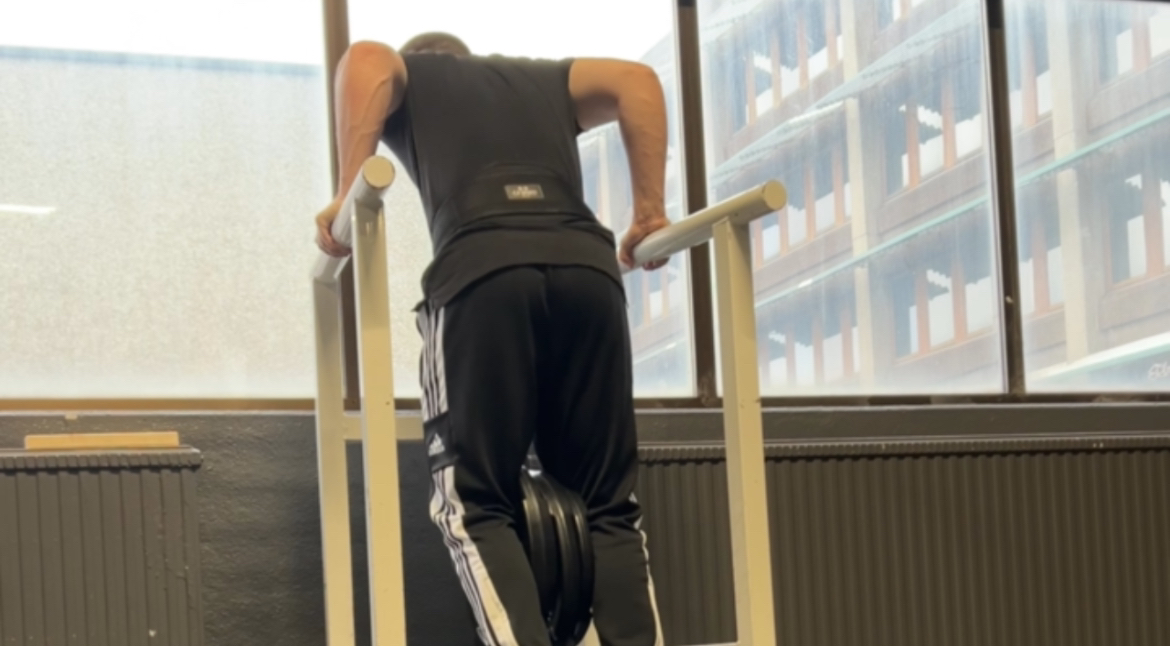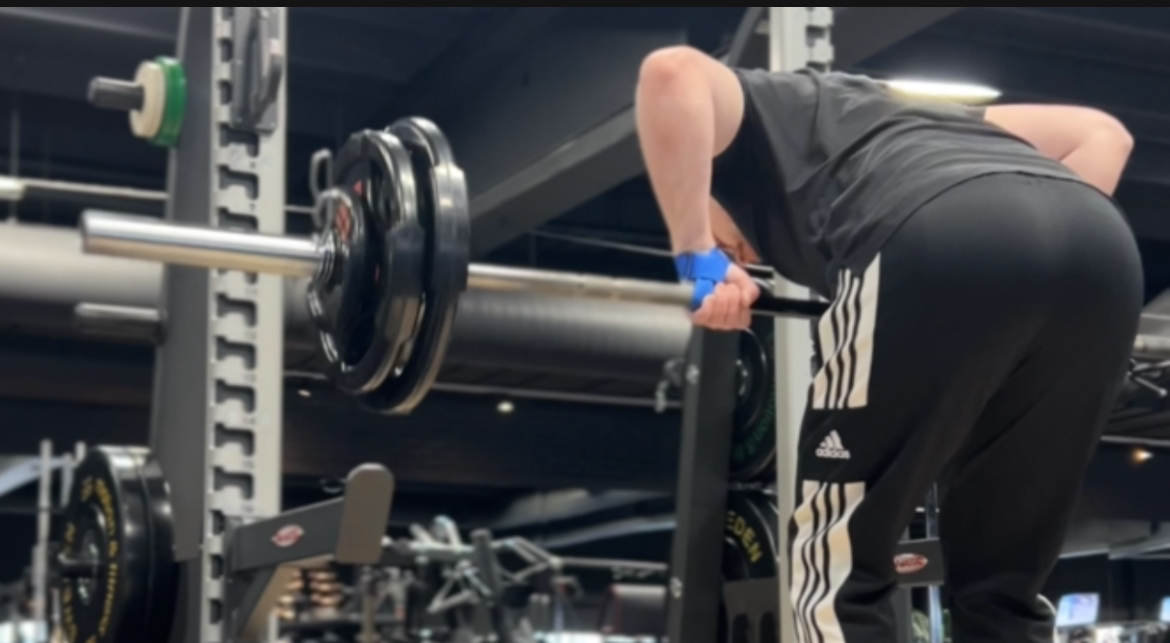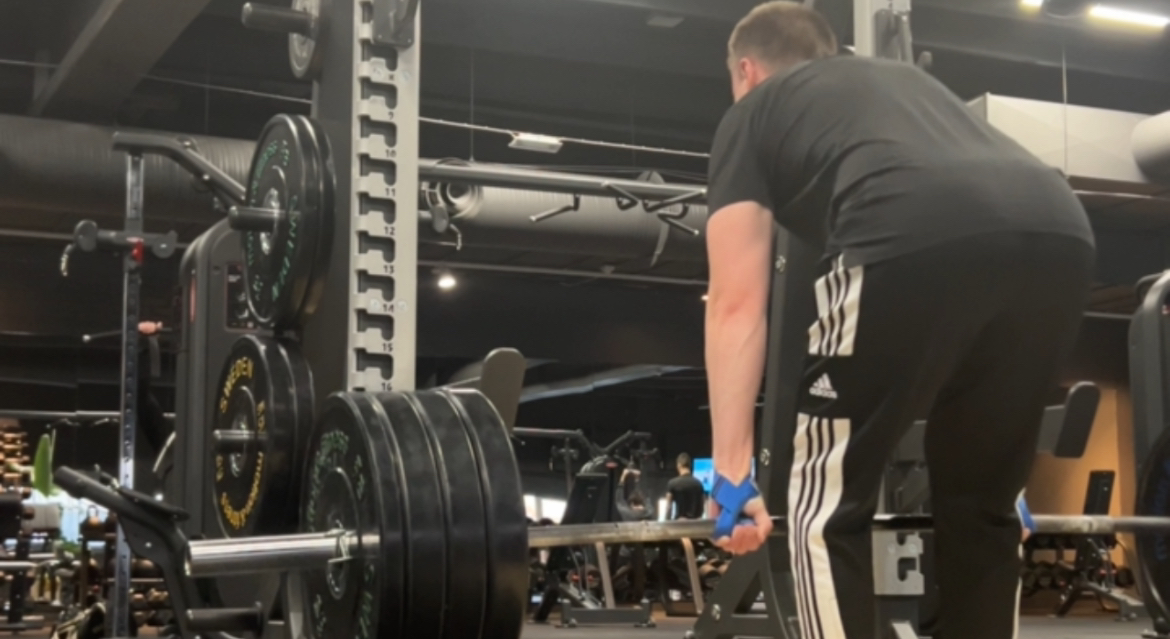Yout guide to hip hinges
This is a subtitle for your new post
The hip hinge is a fundamental movement pattern crucial for athletic performance, strength training, and injury prevention. Whether you're looking to build power, improve mobility, or enhance endurance, choosing the right hip hinge exercise can make all the difference.
What is a Hip Hinge?
A hip hinge is a movement pattern where the hips act as the primary joint of motion, with minimal movement in the knees and spine. It involves bending at the hips while maintaining a neutral spine, allowing for proper load distribution and engagement of the posterior chain—mainly the glutes, hamstrings, and lower back.
Why is the Hip Hinge Important?
- Improves Athletic Performance: Essential for explosive movements like sprinting and jumping.
- Builds Strength: Engages major muscle groups used in heavy lifting.
- Prevents Injuries: Encourages proper posture and spinal alignment.
- Enhances Functional Fitness: Useful in daily activities like lifting objects safely.
Choosing the Right Hip Hinge for Your Goals
1. Strength and Power
If your goal is to build maximal strength and power, focus on exercises that allow for heavy loading and progressive overload.
- Deadlifts (Conventional, Sumo, Trap Bar): These variations target the posterior chain and help build raw strength.
- Romanian Deadlifts (RDLs): Emphasize the hamstrings and glutes while reinforcing proper hinging mechanics.
- Good Mornings: Strengthen the lower back and hamstrings while improving hinge control.
2. Muscle Hypertrophy
For those aiming to build muscle mass, choosing exercises that maximize tension and controlled eccentric loading is key.
- Romanian Deadlifts: Focus on the stretch and contraction of the hamstrings.
- Hip Thrusts: Directly target the glutes for hypertrophy.
- Kettlebell Swings: Provide dynamic tension for muscular development while improving power output.
3. Athletic Performance and Explosiveness
Athletes looking to develop explosive power should incorporate movements that translate to sports performance.
- Power Cleans: Enhance explosive hip extension crucial for jumping and sprinting.
- Kettlebell Swings: Improve power endurance and coordination.
- Snatch-Grip Deadlifts: Increase strength and stability through a greater range of motion.
4. Injury Prevention and Mobility
If your priority is longevity and injury resilience, focus on exercises that reinforce movement patterns and improve flexibility.
- Bodyweight Hip Hinge Drills: Help develop proper mechanics before adding weight.
- Single-Leg Romanian Deadlifts: Improve balance and unilateral strength.
- Glute Bridges: Strengthen the posterior chain with minimal spinal stress.
Conclusion
The hip hinge is a versatile movement that can be tailored to suit various fitness goals. Whether you're aiming for strength, muscle growth, athleticism, or injury prevention, incorporating the right hinge variation into your training program will help you maximize results and performance. Master the basics, progress strategically, and enjoy the benefits of a strong and resilient posterior chain!

